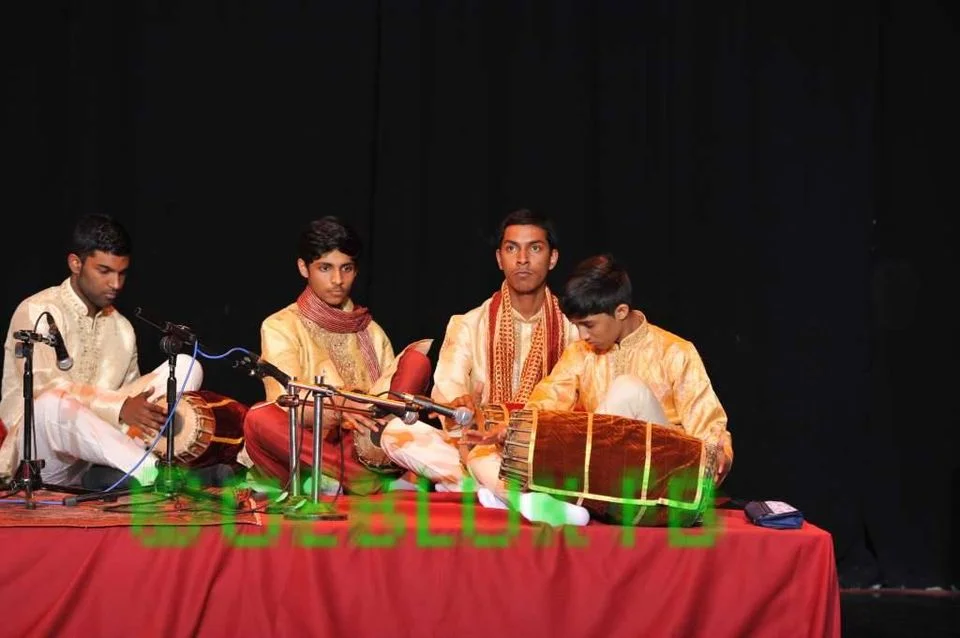Carnatic music, known as Karnāṭaka saṃgīta or Karnāṭaka saṅgītam in the South Indian languages, is a system of music commonly associated with South India, including the modern Indian states of Karnataka, Andhra Pradesh, Telangana, Kerala and Tamil Nadu, and Sri Lanka.
It is one of two main subgenres of Indian classical music that evolved from ancient Sanatana dharma sciences and traditions, the other subgenre being Hindustani music, which emerged as a distinct form because of Persian or Islamic influences from Northern India.
The main emphasis in Carnatic music is on vocal music; most compositions are written to be sung, and even when played on instruments, they are meant to be performed in gāyaki (singing) style. The heptatonic scale is known to have its origins in Carnatic music, and later having been picked up by Pythagoras during his visit to India to learn mathematics, thus introducing it to the west.
The circle of fifths and several other popular concepts in western classical music have their origins in the theory of Carnatic classical music.

Bharatanatyam is the oldest classical dance tradition in India. The dance form was prevalent in ancient Tamil Nadu, and several books have coded them such as Natya Shastra.
Natya Shastra is just a codification by an unknown author of the forms of dance existing in Tamil Nadu.
Bharatanatyam style is noted for its fixed upper torso, bent legs and knees flexed (Aramandi) combined with spectacular footwork, and a sophisticated vocabulary of sign language based on gestures of hands, eyes, and face muscles. The dance is accompanied by music and a singer, and typically the dancer’s guru is present as the Nattuvanar, director, and conductor of the performance and art.
The dance has traditionally been a form of an interpretive narration of mythical legends and spiritual ideas from the Hindu texts. The performance repertoire of Bharatanatyam, like other classical dances, includes nrita (pure dance), nritya (solo expressive dance) and natya (group dramatic dance).
OEBL functions as a common body conducting public examinations in South Indian Fine Arts for all organisations.
© 2024 Created By